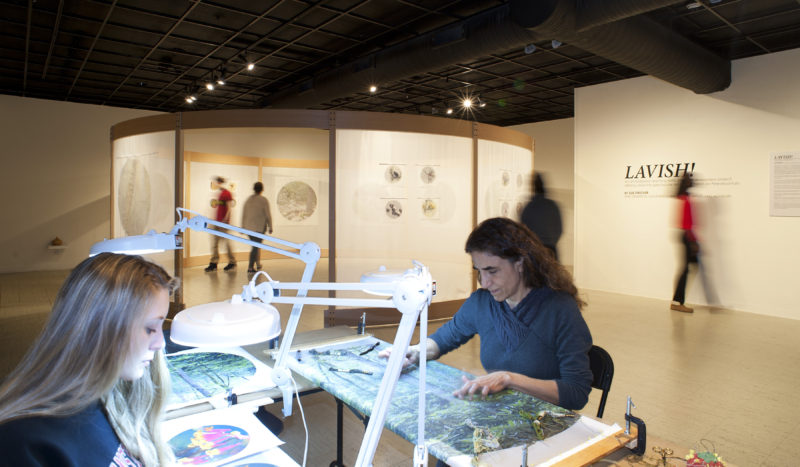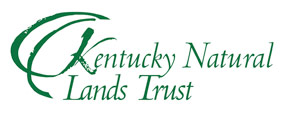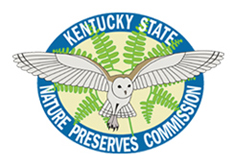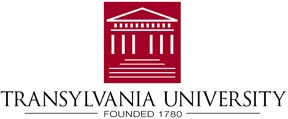
Embroidering is always an act of care. You lavish your attention on the work at hand, literally, by focusing your thoughts, eyes, and skilled labor to make the work beautiful.
This collective art project called invites volunteers from anywhere in the world and of all skill levels to learn and use traditional embroidery techniques to embellish images of spectacular old growth forests in Kentucky that have been digitally printed onto silk organza panels.
I work with groups of volunteers to learn a set of fairly simple needle embroidery techniques that provide a rich range of textures. Rather than fill the entire panels with stitches, we select key visual elements to enhance with colorful silk and cotton floss — highlights are punched up, texture is amplified, subtle outlines draw light to the edge of a fern frond or a ruffle of lichen.
Volunteers have many opportunities to meet and work in groups. [See the link to the schedule on the menu on the right hand side of this page.] Currently we are working on large circular images of natural communities in the old growth forests, including one that is subterranean.
These large panels, 39″ in diameter, are arranged in the studio so that 2 people can stitch simultaneously on each panel. Several panels are in progress in the space.
While we stitch, a volunteer reads aloud from texts that have connections to wild places like Pine Mountain. Recent selections include Robin Wall Kimmerer’s Gathering Moss: A Natural and Cultural History of Mosses, David George Haskell’s The Forest Unseen: A Year’s Watch in Nature, and poetry by Joy Harjo, Veronica Golos, and Alice Oswald. The practice of including a live reader was inspired the “lectors” in Cuban cigar factories.
This collective work has the spirit of an Appalachian quilting bee (although the technique is more closely related to work done in French couture houses from the 17th Century to the present). One of the greatest pleasures of the bee is the hive-like group energy and the opportunity for conversation. My hope is that participants connect with one another and will fall in love with this special forest and all it represents about wild places everywhere.
Everyone who has worked on the pieces is acknowledged individually in every exhibition, in the accompanying catalog and on the project website.
About the forest:
Stunningly beautiful, Pine Mountain in southeastern Kentucky, is an extraordinary repository of living genetic diversity that needs protection now and forever. In fact, Pine Mountain is home to the second most biodiverse temperate forest in the entire world.
Scientists have classified at least twelve major ecological community types on Pine Mountain.
Hemlock mixed forest
Appalachian mesophytic forest
Appalachian open acid seep/bog
Dry sandstone cliff/outcrop/rock shelter
Pine Barrens
Wet sandstone cliff /outcrop
Appalachian sub xeric acid forest
Xeric Pine Woodland
Calcareous sub xeric forest
Calcareous mesophytic forest
Small Stream corridor
Calcareous subterranean
These natural communities are the subjects of the large panels and individual organisms that live there are the subjects of the small panels.
Because it is 125 miles long and crossed by roads in only four places, Pine Mountain provides an unusually large habitat and an important migratory corridor for many living things from black bears to giant Hellbender salamanders to tiny Indiana bats, endangered orchids, mussels and fungi. These beings have a right to thrive.
For humans, this special place is a healthy library of organisms that we can contemplate and study. These forests quite literally hold in reserve the biodiverse webs of life that can reestablish themselves at places nearby that have been devastated by abusive mining and timbering, among other things. I think of these intact ecosystems as massive nurseries available to heal neighboring landscapes and bring them back to life.
MORE INFORMATION
For more information on the forests of Pine Mountain and on embroidery techniques, please see the other pages on this website.
Organizational Partners
Project Supporters:



